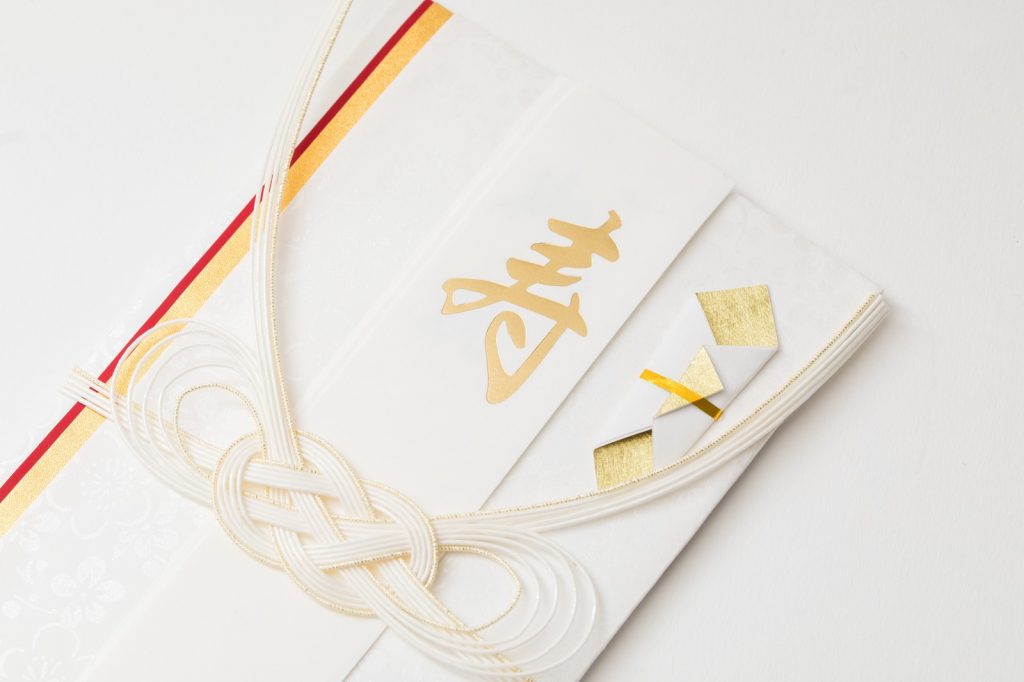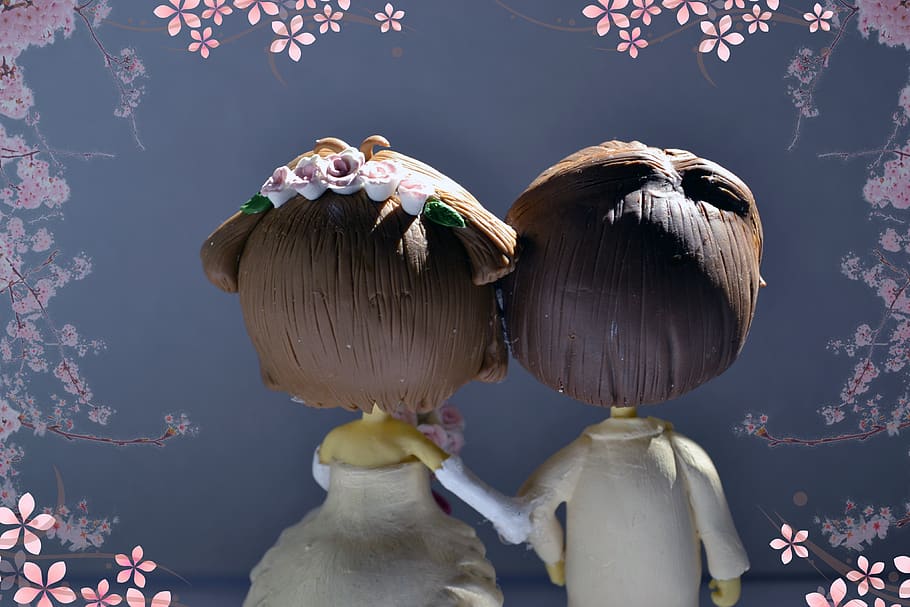Japanese wedding differs from Western-style weddings in some ways. So, if you’re part of the guest list, it would be a better idea to learn some Japanese wedding facts before the event. It would save you from distress, I promise.
I was once invited to my husband’s former colleague’s wedding and after that, my eyes had been opened to some realizations. Allow me to share with you what I learned.
Gift Money
This is a must for Japanese weddings. All guests must have their ’Gosyuugi’ or ’gift money’. Something that you should take into consideration is the amount. It varies depending on your relationship with the celebrants. The closer you are to them, the higher the amount is. It ranges from 30,000 yen to 100,000 yen. Other rules concerning that are:
- The bills must be crisp.
- There should be no markings neither.
- Place it inside a wedding envelope called ’
gosyuugibukuro ’.

(photo not mine)
Hidekimono
In return for the gift money, the couple gives back wedding favors to the guests. These favors are known as ’hidekimono’.
Speaking from experience, we received a catalog of tablewares and clothes from which we could choose something useful for us. We opted for the tableware set which we received later by mail.
Japanese Wedding Dress Code
Guests
It’s a formal occasion so dress to the nines. As a female guest, you can either wear the kimono which is their traditional dress, or the modern style one-piece and suit. Remember not to wear a white dress, ladies. The bride must be the only one wearing that white color.
For men guests, a suit is proper attire.
Bride and Groom
Western culture has influenced Japan in a couple of ways. You could see that in some wedding ceremonies. Nowadays, many brides opt for a bridal gown. Similarly, grooms choose for the wedding tuxedo with a white tie or any colors but black.
But of course, there are still those who choose to wear white or silk kimono called “shiromuku”. Both colors are associated with purity in Shinto. While a veil is worn in the head in the western-style wedding, it’s a headdress or a hood called “wataboshi” in Shinto wedding.
By the way, I would also like to mention that brides change into another wedding dress for the reception.
The Flow of a Japanese Wedding
- Before the wedding ceremony commences, everyone gathers together in a reception area where drinks and canapes are served to entertain the guests. This is also the time when guests hand over the gift money to the ushers.
- A wedding ceremony can sometimes be held in a chapel (Christian church) or a Shinto shrine. In a Christian church, it’s a priest who sanctifies the marriage following the Christian rites.
- On the other hand, if the ceremony is held in a Shinto shrine, it’s led by a Shinto priest. In a Shinto wedding, the most important feature is the ’san-ku-do’ ceremony or the purification ritual where the bride and groom share and exchange three different sized cups of sake.
- The reception then follows in a hotel ballroom. Parents, friends, and other guests enjoy the feast to celebrate the newlyweds. There will be cutting of the cake and drinking wine if they opted for the western-style wedding. Well-wishes and speeches are also made for the newlyweds. You can expect some happy tears here.
- Last but not least, as you exit from the venue after the celebration, families of both couples wait outside and thank everyone for their presence.
Alright, that’s about it. So, would you prefer a Western-style wedding or a Shinto wedding?

Thank you for reading. I’m glad you liked it! Looking forward to reading more of your write-ups.
Super interesting! I love reading about other cultures’ traditions! Thanks for sharing